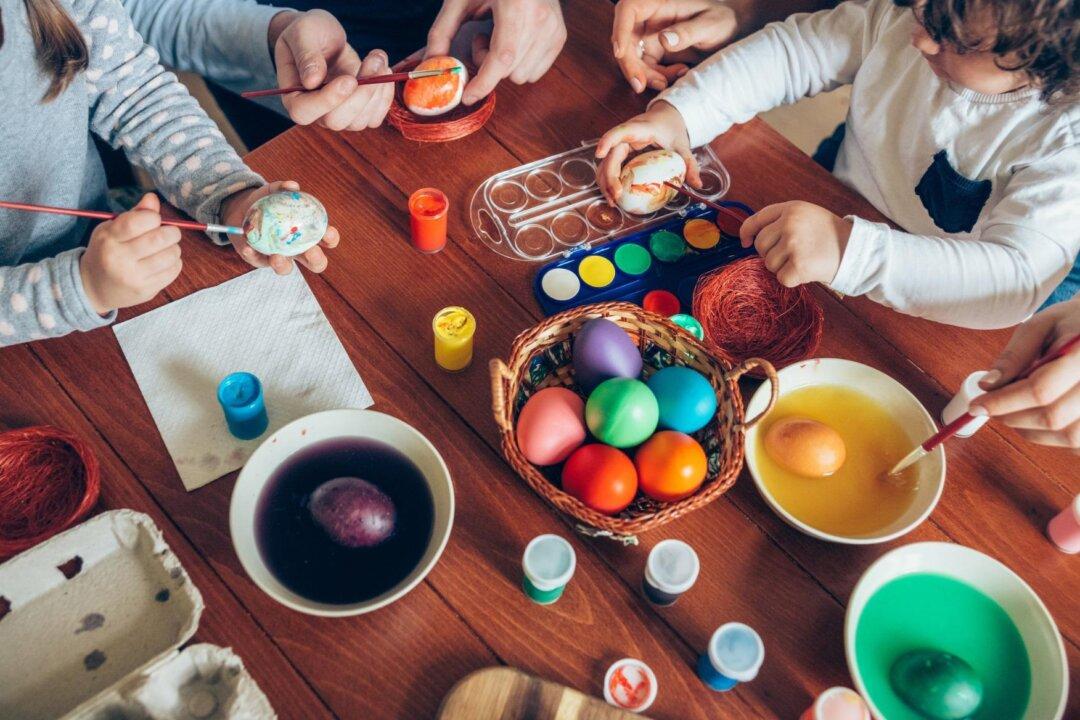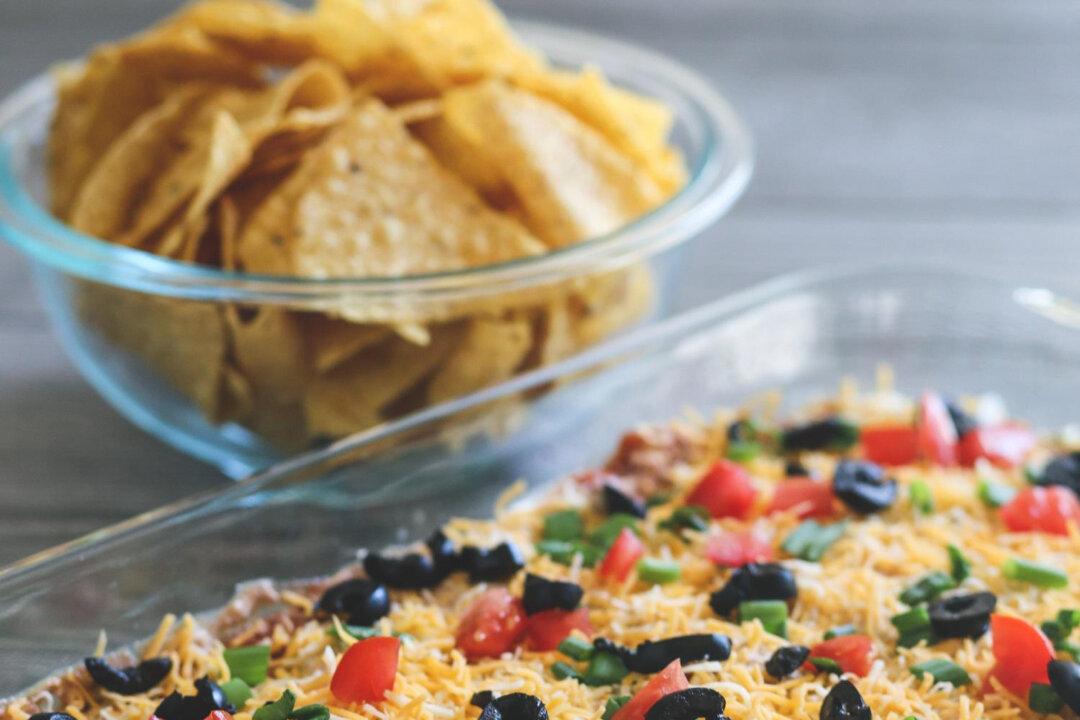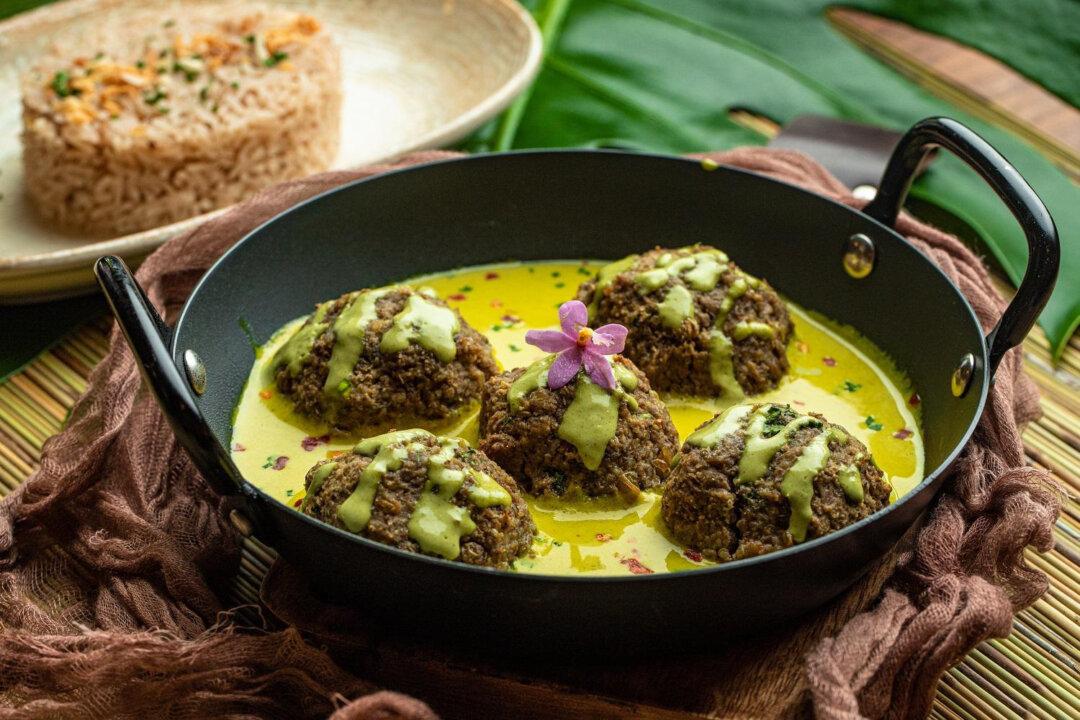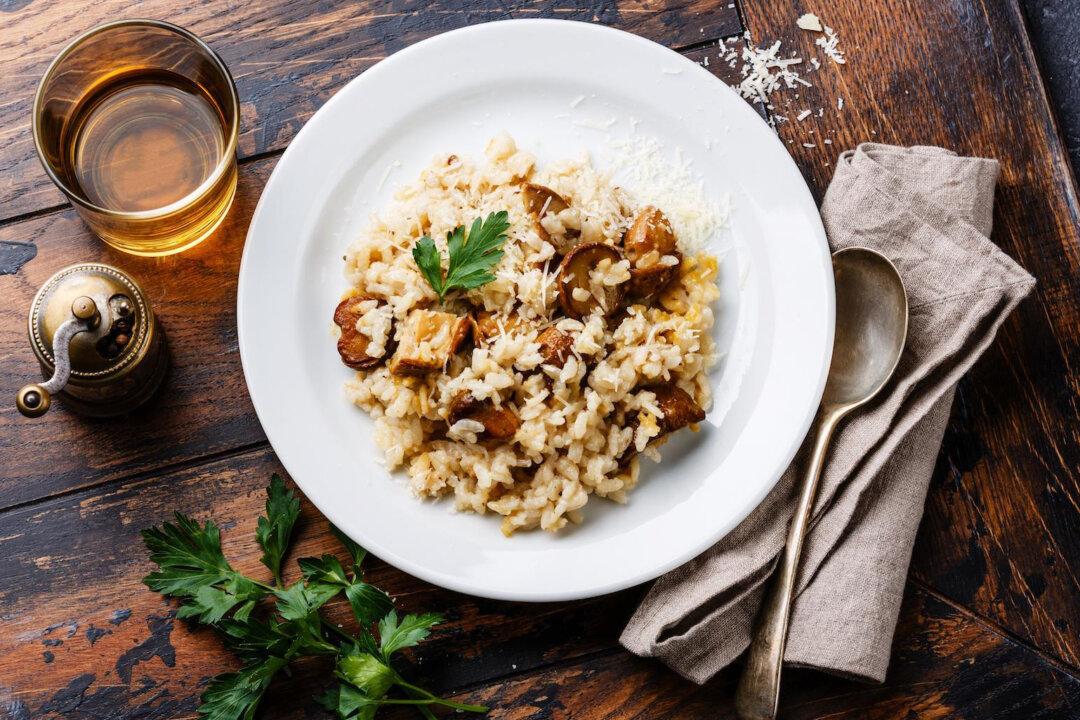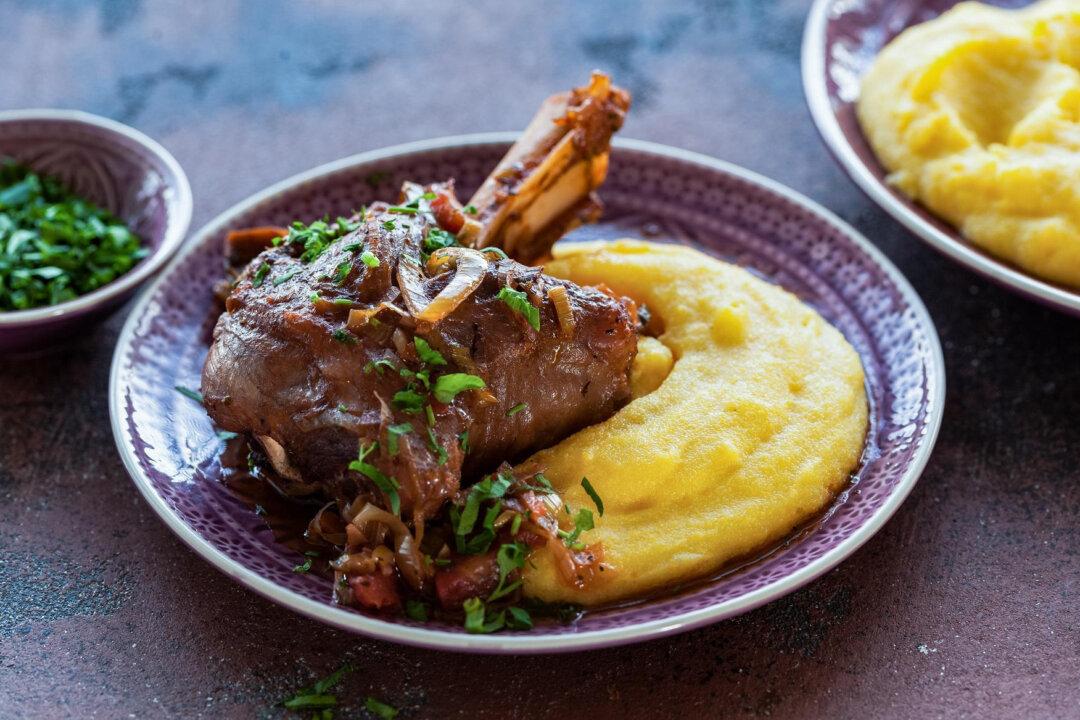As much fun as we have eating eggs in all kinds of different ways, it can be just as much fun to decorate them for Easter. Among other food traditions, the celebration of Easter is closely associated with the dying and painting of eggs as well as hunting for them or rolling them across a lawn. But why do we associate eggs with Easter, and how did the tradition of decorating them start?
The earliest documentation of people decorating eggs for Easter dates back to the 13th century, a time during which the church prohibited the eating of eggs during Holy Week, or the week between Palm Sunday and Easter. As a result, the eggs that were laid by chickens during that week were often decorated in order to identify them as “Holy Week eggs.” In European villages, they were part of a family’s tithe to their landlord or given as gifts to prominent village figures such as the pastor, parish gravedigger, bell-ringer or the village shepherd. Families also gifted colorfully decorated eggs to visitors, children and servants, while couples were known to exchange them as well.
During this time, the egg also became a symbol of the Resurrection, with the egg representing new life emerging from its shell — just as Jesus rose from the tomb, according to the Bible.
Today, Easter egg hunts are an Easter tradition, and an annual Easter egg roll is held on the White House lawn — a tradition generally considered to have first been sponsored by First Lady Lucy Hayes, wife of President Rutherford B. Hayes, in 1878. Popular Easter candies include chocolate-covered marshmallow “eggs” and Reese’s Peanut Butter Eggs, as well as Cadbury Mini Eggs, Creme Eggs and Caramel Eggs. And of course, Easter dinner itself often features eggs among the many scrumptious springtime recipes on the table.
By Syjil Ashraf
